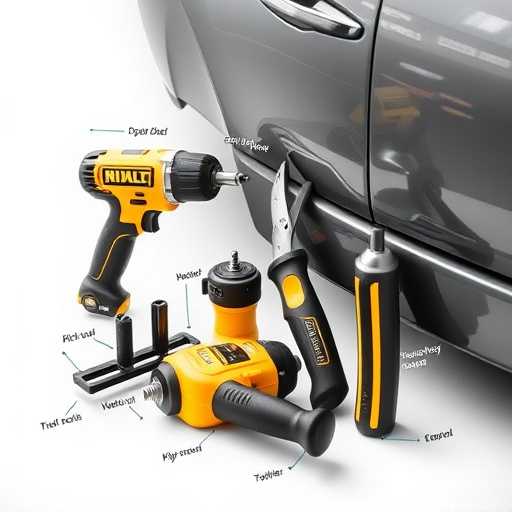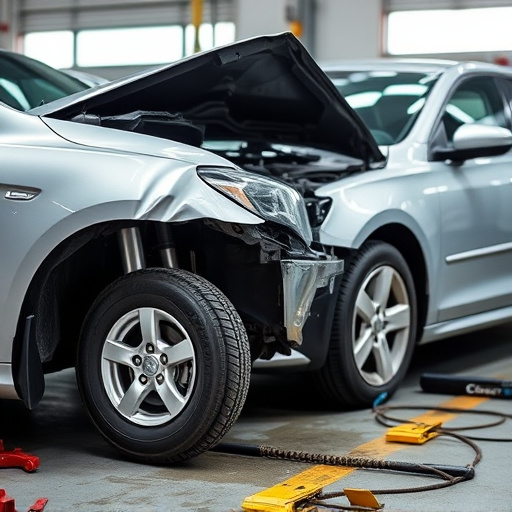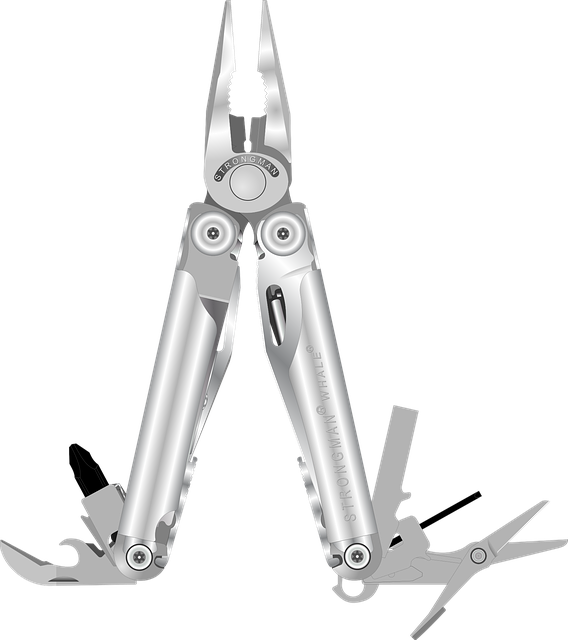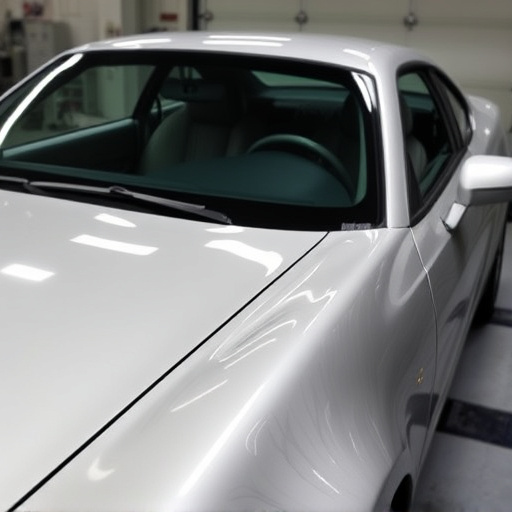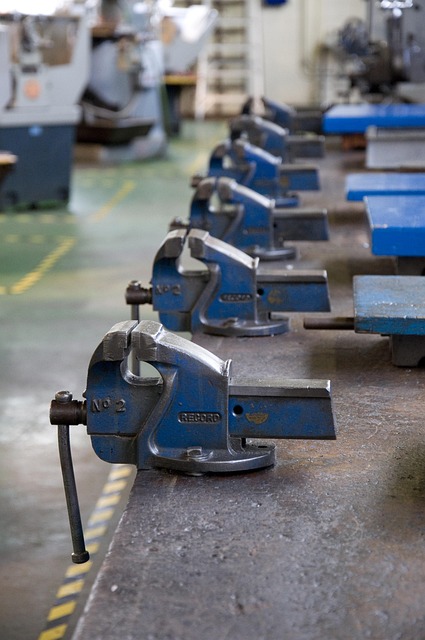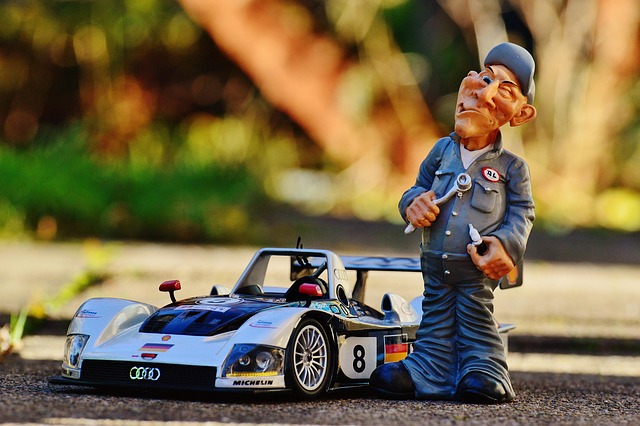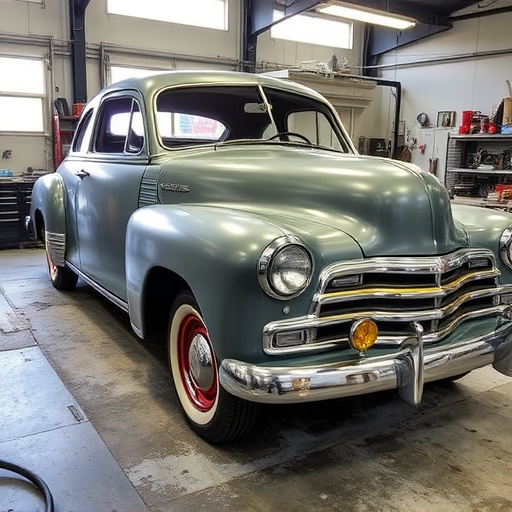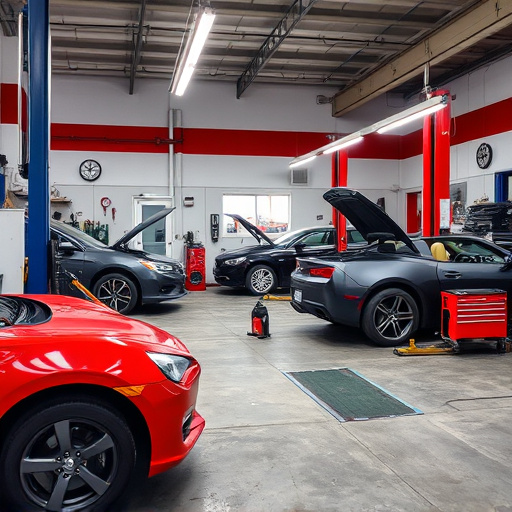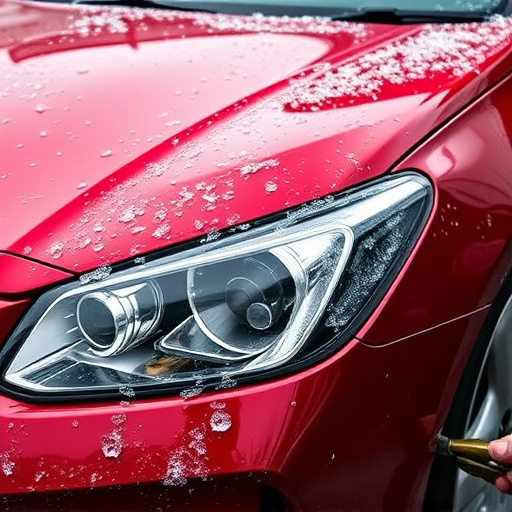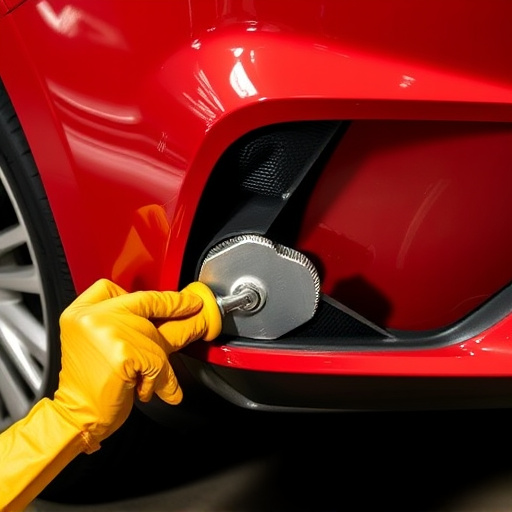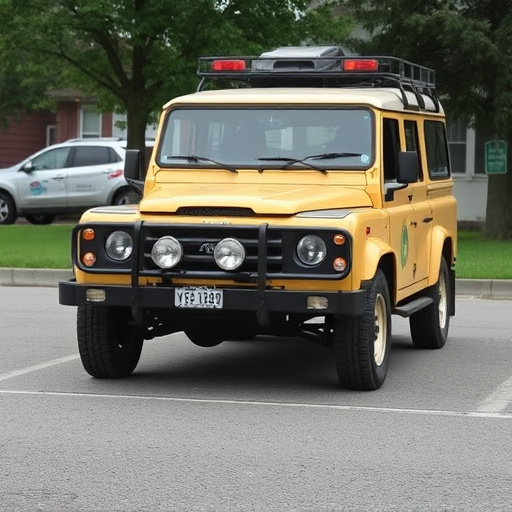Tesla bumper sensors, vital for collision avoidance, can fail due to debris, damage, or electrical issues. Regular maintenance and quick action are crucial. Repair requires a methodical approach: ensure vehicle safety, inspect the bumper, test sensors with a multimeter, replace damaged or malfunctioning ones using authorized parts, and meticulously reconnect electrical components. Consult a specialist for accurate diagnosis and repair to maintain optimal vehicle safety and performance.
Diagnosing Tesla bumper sensor repair issues is crucial for maintaining your vehicle’s safety features. This guide delves into the functions of Tesla’s advanced bumper sensors and common malfunctions. By understanding these, you can identify problems like faulty impact detection or misaligned sensors. We’ll walk you through a step-by-step repair process, enabling you to address issues efficiently. Key terms: Tesla bumper sensor repair, sensor malfunction, safety features.
- Understanding Tesla Bumper Sensor Functions
- Identifying Common Sensor Malfunctions
- Step-by-Step Repair Process for Tesla Bumpers
Understanding Tesla Bumper Sensor Functions
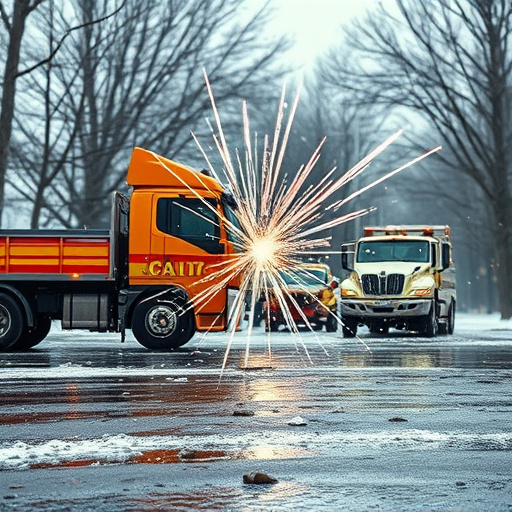
The Tesla bumper sensors are an essential component of the vehicle’s safety system, designed to detect and mitigate potential collisions. These sensors play a crucial role in the car’s collision avoidance features, helping to prevent accidents and minimize damage. They are strategically placed around the vehicle, especially on the front and rear bumpers, to capture impact or proximity data. When a sensor detects an impending collision, it sends signals to the car’s computer, which then activates safety measures like automatic braking or steering interventions.
Understanding how these sensors function is key when diagnosing repair issues. Tesla bumper sensor repair may be necessary if the sensors fail to operate correctly due to damage from accidents, environmental factors, or regular wear and tear. A variety of symptoms can indicate a problem, such as faulty sensor readings, inconsistent performance, or complete failure to respond to potential collisions. The issue could range from a simple calibration adjustment to more complex hardware replacements, requiring the expertise of professional collision repair services or specialized Tesla vehicle repair services at a trusted collision repair center.
Identifying Common Sensor Malfunctions
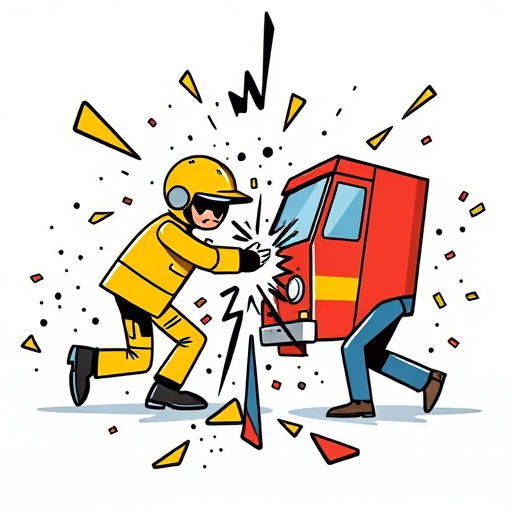
Identifying Common Sensor Malfunctions
Tesla bumper sensors are designed to detect obstacles and help prevent collisions. However, like any technology, they can experience malfunctions. One of the most prevalent issues is a sensor not registering objects that are directly in front or behind the vehicle. This could be due to debris blocking the sensor’s field of view or the sensor itself being dirty or damaged. In some cases, sensors might fail to respond promptly, leading to false readings or delayed collision warnings.
Another common problem is intermittent sensor performance, where the sensors occasionally malfunction but seem to work fine most of the time. This could be caused by internal electrical issues, loose connections, or software glitches. If you notice your Tesla’s backup camera or collision avoidance system behaving erratically, it might be indicative of these underlying issues. Regular maintenance and prompt attention to any unusual behavior can help ensure your Tesla bumper sensors remain reliable, enhancing both safety and peace of mind for drivers. When in doubt, consulting a reputable auto repair shop specializing in electric vehicle repairs is always recommended.
Step-by-Step Repair Process for Tesla Bumpers
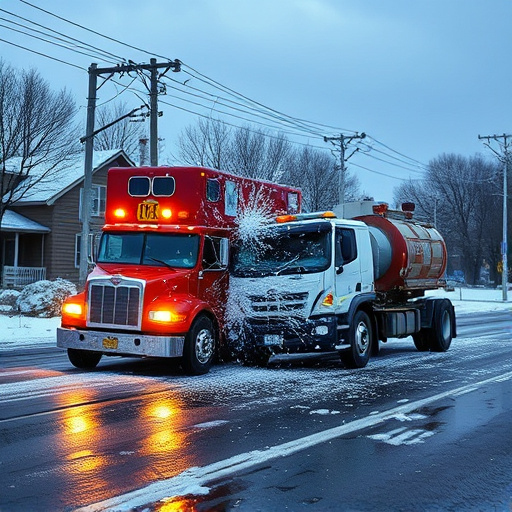
Diagnosing and repairing Tesla bumper sensors is a process that requires precision and automotive expertise. Here’s a step-by-step guide to help you navigate this specific car repair task:
1. Safety First: Begin by ensuring your vehicle is safely parked on a level surface. Engage the parking brake and turn off all power sources before proceeding. Safety goggles and work gloves are recommended as protective gear.
2. Inspect the Damage: Carefully examine the bumper to identify any visible signs of impact, cracks, or misalignments. Check for any sensor damage—sensors can be small, flat components with wires attached, often located near the front or rear ends.
3. Remove the Bumper: Depending on your Tesla model, removing the bumper may involve detaching electrical connectors and screws securing it to the vehicle body. Refer to your car’s repair manual for specific instructions tailored to your vehicle.
4. Inspect Sensors: Locate the impact sensors beneath the bumper. These are usually a series of small, flexible devices. Inspect them for any visible damage, corrosion, or misalignment. If a sensor appears damaged or malfunctioning, it might need replacement.
5. Test and Replace if Necessary: Use a multimeter to test the sensor’s functionality. If a sensor is faulty, replace it with a new one from an authorized Tesla parts supplier or a reputable car repair shop offering automotive repair services. Ensure proper installation by following the manufacturer’s guidelines.
6. Reassemble: Once all sensors are tested and replaced (if needed), carefully reassemble the bumper, reconnecting any electrical components and securing it with screws.
Diagnosing and repairing Tesla bumper sensors is a crucial step in maintaining your vehicle’s safety features. By understanding the functions of these sensors and identifying common malfunctions, you can effectively navigate the repair process. With a systematic approach, as outlined in this article, tackling Tesla bumper sensor repairs becomes more manageable. Remember, prompt action on potential issues ensures optimal vehicle performance and enhances road safety.

